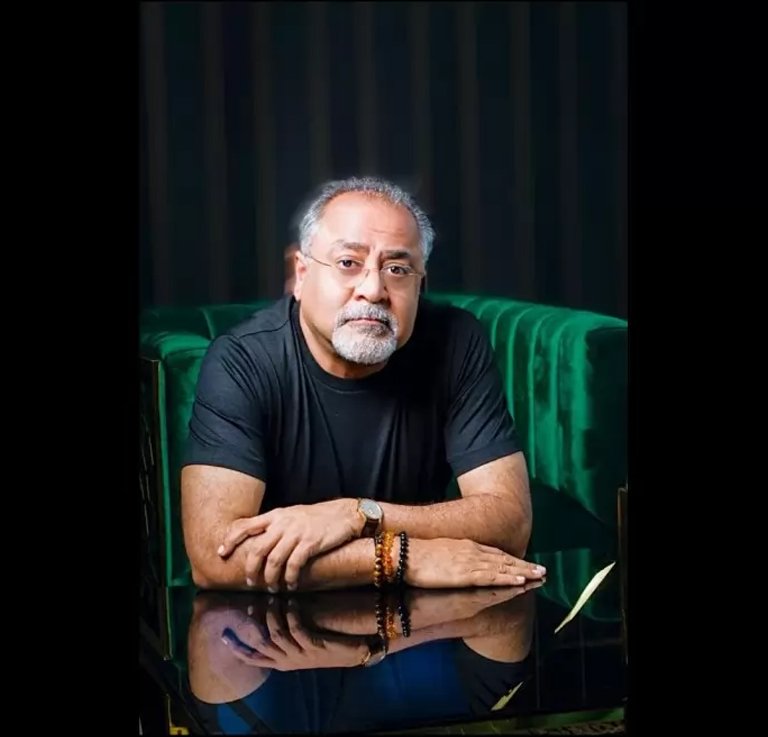The Art of Proactive Leadership

Leadership, in its essence, is an art—one that demands vision, strategy, and the ability to inspire action. Among its many facets, proactive leadership stands out as a masterstroke, enabling leaders to stay ahead of challenges and guide their teams with confidence. It’s not about reacting to problems but anticipating them, identifying opportunities within, and devising effective strategies for long-term success.
Understanding Proactive Leadership
Proactive leadership is the ability to foresee potential obstacles and address them before they escalate into crises. It requires critical thinking, strategic planning, and a deep understanding of dynamic environments. Leaders who embody this trait create a culture of preparedness, fostering resilience and adaptability within their organizations.
The proactive leader doesn’t just aim to resolve challenges—they aim to prevent them. By analyzing trends, understanding risks, and crafting robust strategies, these leaders ensure smooth operations even in uncertain times. They also inspire their teams to think critically and act decisively, making proactivity a shared value within the organization.
Key Elements of Proactive Leadership
- Foresight: Anticipating changes in the market, industry, or operational landscape.
- Strategic Planning: Designing frameworks that account for potential disruptions.
- Empowering Teams: Encouraging innovation and initiative among team members.
- Continuous Learning: Staying updated with the latest tools, trends, and insights to remain competitive.
- Execution: Turning plans into action with precision and efficiency.
Dr. Lal Bhatia: A Beacon of Proactive Leadership
Dr. Lal Bhatia exemplifies the art of proactive leadership. With over 35 years of experience as a strategist and innovator, he has consistently demonstrated the ability to identify challenges early and implement impactful solutions.
One of Dr. Bhatia’s notable contributions is his initiative to install sanitary napkin vending machines in schools and colleges across West Bengal. Recognizing the barriers faced by young women due to a lack of access to menstrual hygiene products, Dr. Bhatia took proactive steps to address this issue. His strategic vision not only improved health outcomes for countless students but also empowered them to pursue their education without interruption.
This initiative underscores the hallmark of proactive leadership: identifying a societal challenge and crafting a sustainable solution. By acting before the problem worsened, Dr. Bhatia created a ripple effect of positive change, showcasing the profound impact of foresight and preparation.
Why Proactive Leadership Matters
Proactive leaders do more than guide organizations—they future-proof them. They mitigate risks while uncovering opportunities for growth and innovation. In doing so, they create environments where creativity flourishes, challenges are minimized, and goals are consistently achieved.
Conclusion
Leadership is indeed an art, and proactivity is the brushstroke that brings vision to life. It’s about thinking ahead, planning effectively, and taking decisive action to turn challenges into opportunities.
Dr. Lal Bhatia’s approach serves as a shining example of how proactive leadership can create meaningful, lasting change. For those aspiring to lead, his journey is a powerful reminder that success lies in preparation, resilience, and the courage to act before the need arises. This is the art of leadership at its finest—leading not just for today, but for a better tomorrow.








